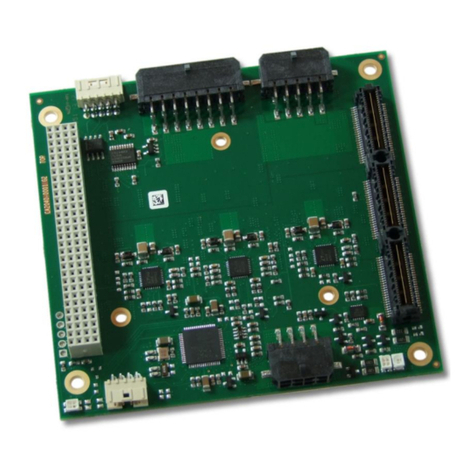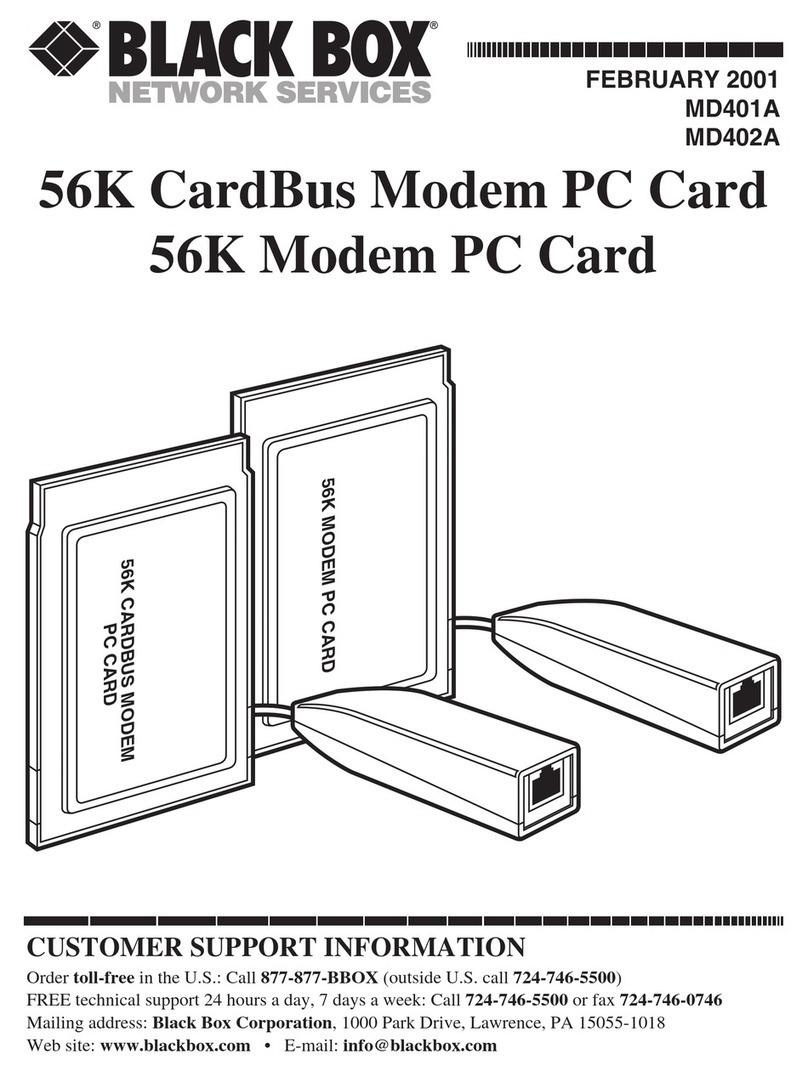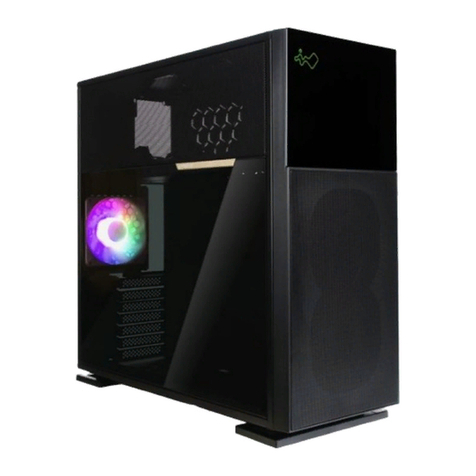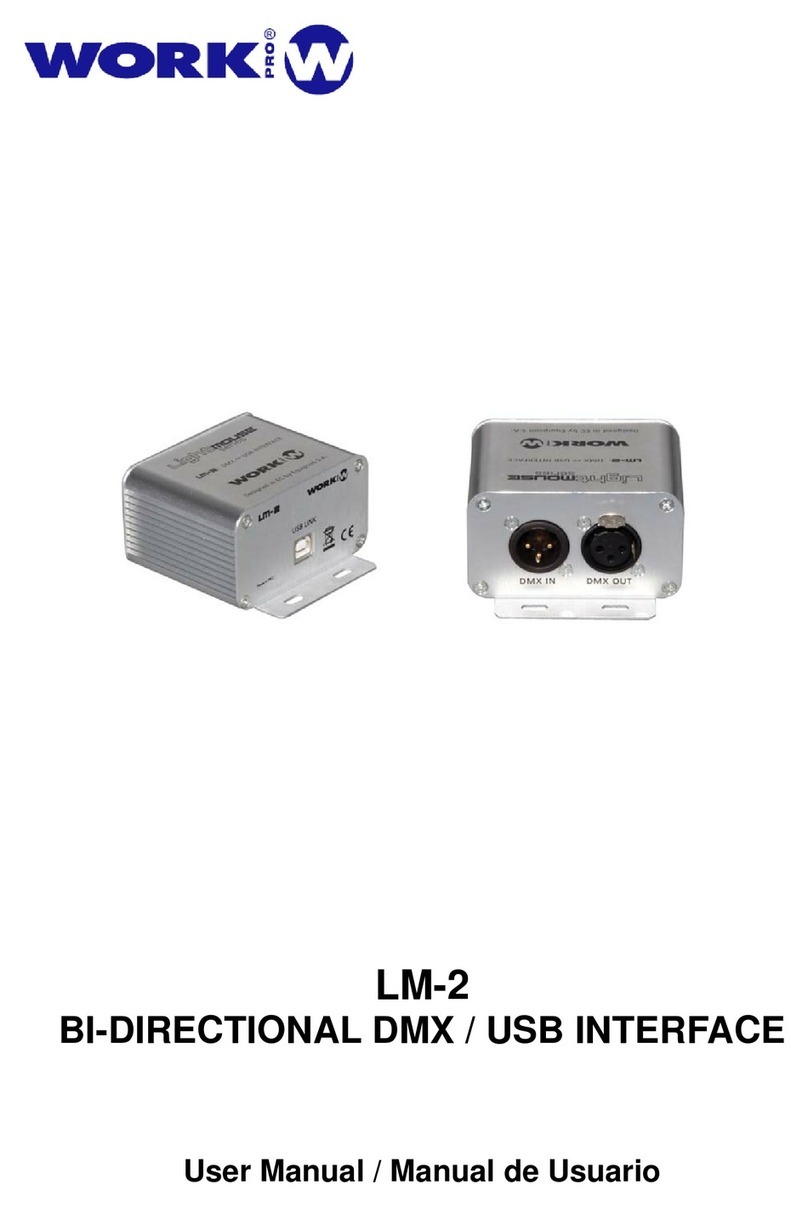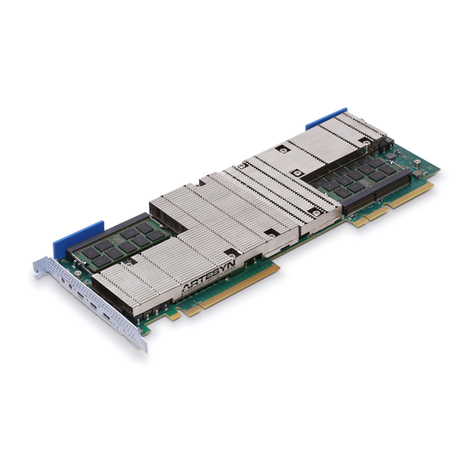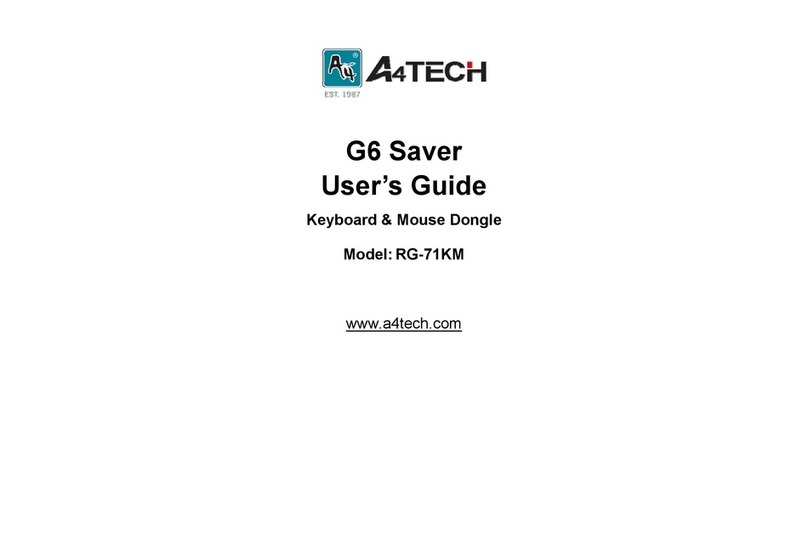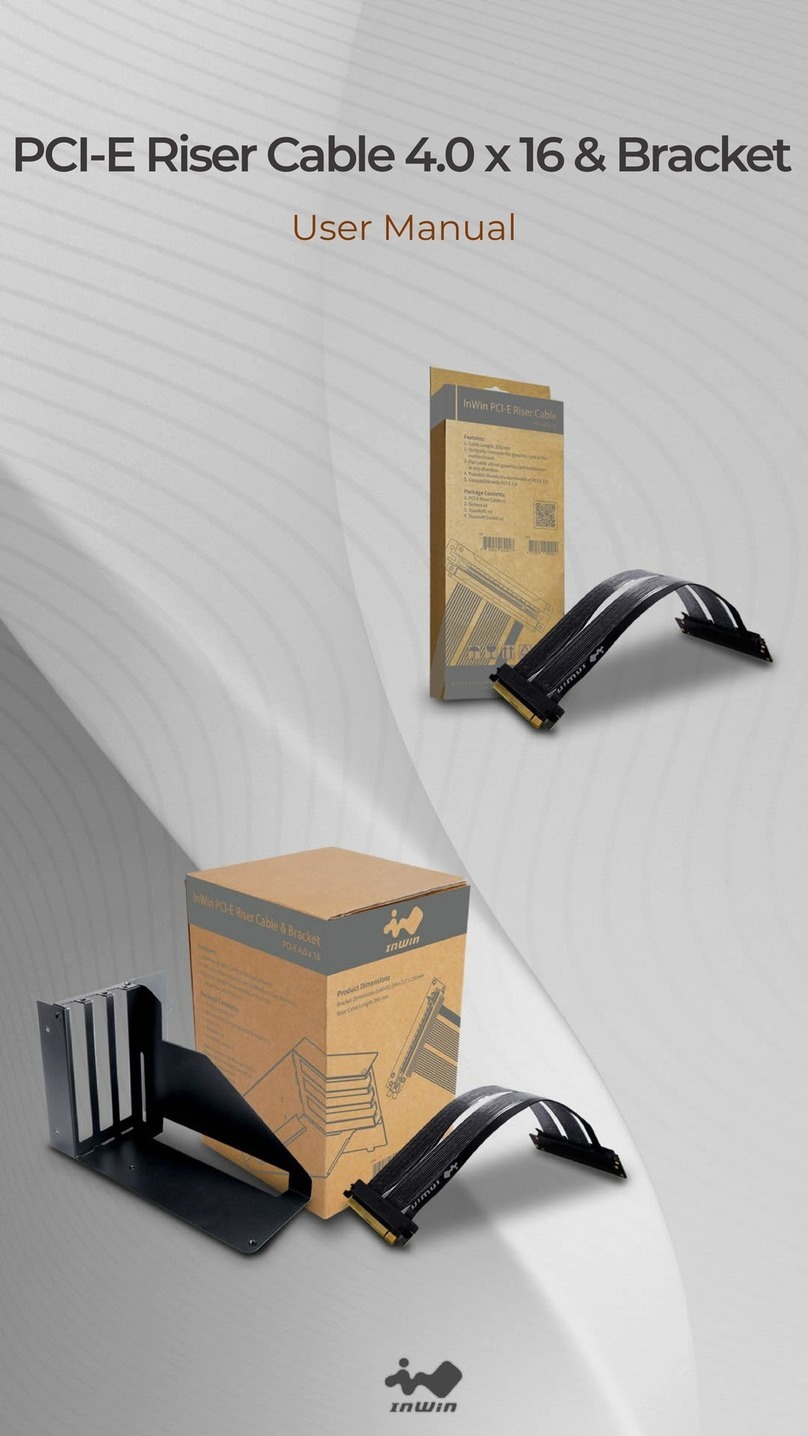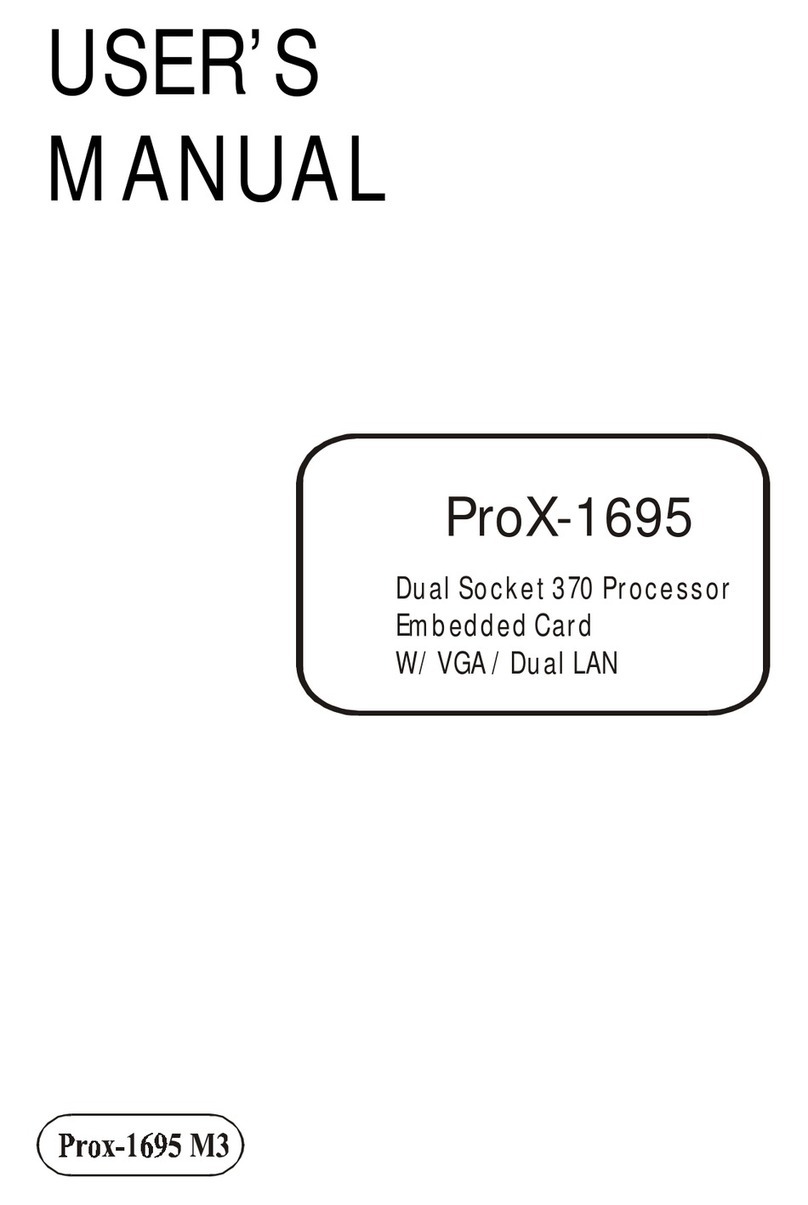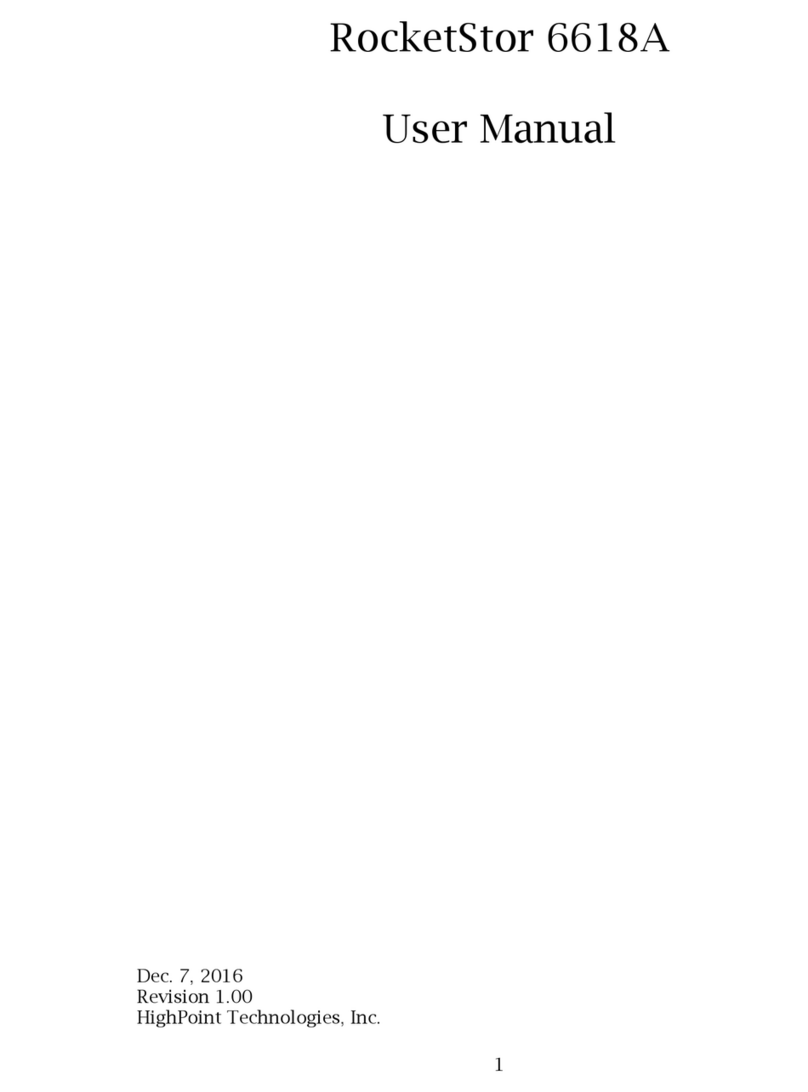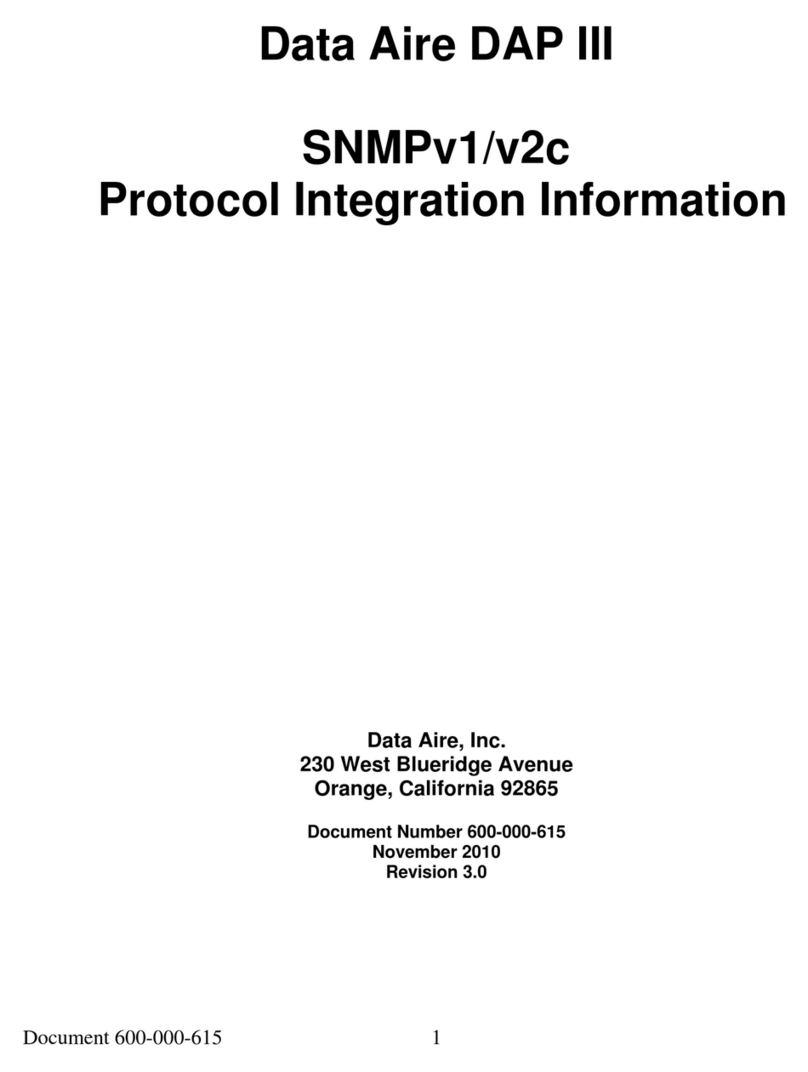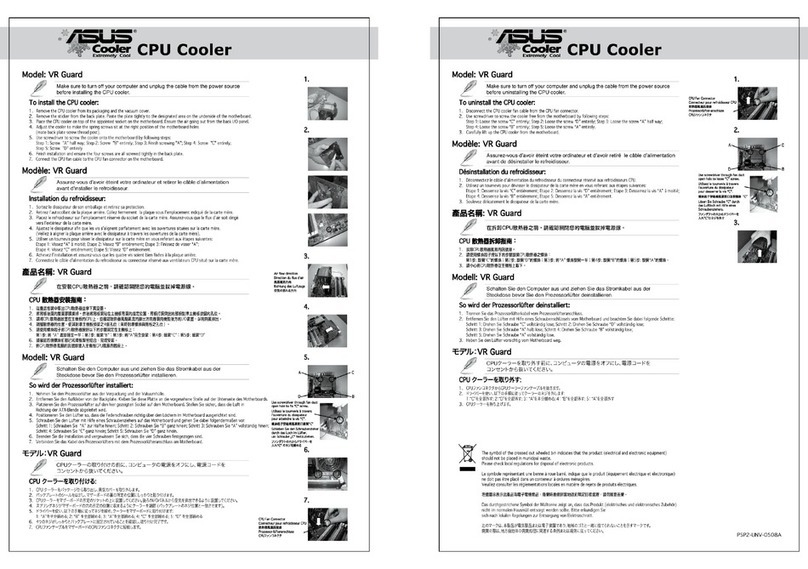Embedded Solutions P104-DIO-96 User manual

MODEL P104-DIO-96
USER MANUAL
FILE: mp104-dio-96.A1j
ADL Embedded Solutions GmbH, Eiserfelder Straße 316 D-57080 Siegen, ADL Embedded Solutions, Inc. 4411 Morena Blvd., Suite 101
Germany P. +49 (0) 271 250 810 0 F. +49 (0) 271 250 810 20 San Diego, CA 92117-4345 P. +1 858 490-0597 F. +1 858 490-0599
e-mail: [email protected]; web: www.adl-europe.com e-mail: [email protected]; web: www.adl-usa.com
Embedded Solutions

Manual P104-DIO-96
2
Notice
The information in this document is provided for reference only. ADL Embedded Solutions, Inc. does not
assume any liability arising out of the application or use of the information or products described herein.
This document may contain or reference information and products protected by copyrights or patents and
does not convey any license under the patent rights of ADL Embedded Solutions, Inc., nor the rights of
others.
IBM PC, PC/XT, and PC/AT are registered trademarks of the International Business Machines
Corporation.
Printed in USA. Copyright 2002, 2006 by ADL Embedded Solutions, Inc. 4411 Morena Blvd. Suite 101,
San Diego, CA 92117. All rights reserved.
WARNING!!
ALWAYS CONNECT AND DISCONNECT YOUR FIELD CABLING WITH
THE COMPUTER POWER OFF. ALWAYS TURN COMPUTER POWER
OFF BEFORE INSTALLING A BOARD. CONNECTING AND
DISCONNECTING CABLES, OR INSTALLING BOARDS INTO A
SYSTEM WITH THE COMPUTER OR FIELD POWER ON MAY CAUSE
DAMAGE TO THE I/O BOARD AND WILL VOID ALL WARRANTIES,
IMPLIED OR EXPRESSED.
Table of Contents
Table of Contents.......................................................................................................... 2
Chapter 1: Introduction................................................................................................. 4
Chapter 2: Installation................................................................................................... 7

Manual P104-DIO-96
3
Figure 2-1: PC/104 Key Information........................................................................ 9
Chapter 3: Option Selection ....................................................................................... 10
Figure 3-1: Option Selection Map.......................................................................... 10
Chapter 4: Address Selection .................................................................................... 11
Chapter 5: Programming ............................................................................................ 12
Table 5-1: Base Registers ..................................................................................... 12
Table 5-2: Control Register Bit Assignments......................................................... 13
Chapter 6: Connector Pin Assignments.................................................................... 15

Manual P104-DIO-96
4
Chapter 1: Introduction
Each I/O line of this board is buffered and capable of sourcing 32mA or sinking 64mA. The board
simulates Programmable Peripheral Interface chips (PPI) to provide a computer interface to digital I/O
lines. Each PPI supports two 8-bit ports (A, B) and two 4-bit ports (Chi, Clow). Each port can be configured
to function as either inputs or output latches. The I/O line buffers (types 74ABT240 and 74ABT245) are
configured automatically by hardware logic for input or output according to the PPI Control Register
direction software assignment.
The board may be shipped with a register map optimized for a higher speed than the pure i8255
port/address map. See the Programming section for an explanation of how a 25% increase in I/O speed
is achieved.
Outputs of the I/O buffers are pulled up through 10KΩresistors to +5VDC. On power-up all I/O pins are
inputs. This means that the lines are at a logic HIGH. The user may request the factory to remove these
10KΩresistors so that the I/O lines will not be driven on power-up (10 uA leakage per pin).
I/O wiring connections are via 50-pin headers on the board. This provides compatibility with OPTO-22,
Gordos, Potter & Brumfield, Western Reserve Controls, etc. module mounting racks. Every second
conductor of the flat cables is grounded to minimize crosstalk. If needed for external circuits, +5VDC
power is available on each I/O connector at pin 49. If you use this power, we recommend that you include
a 1A fast blow fuse in your circuits in order to avoid possible damage to the host computer.
The board occupies 32 bytes within the PCI I/O space. The base address is assigned by the system.
Refer to the Option Selection Section of this manual for a detailed description.

Manual P104-DIO-96
5
Specification
Data Transfer Rate, I/O Mapped, 33MHz bus
• From I/O connector to PCI bus: 7.37M bytes per second in 8255 emulation mode
• From PCI bus to I/O connector: 14.74M bytes per second in 8255 emulation mode
• From I/O connector to PCI bus: 9M bytes per second with Fast PPI port map
• From PCI bus to I/O connector: 18M bytes per second with Fast PPI port map
Data Transfer Rate, Memory Mapped, 33MHz bus
• From I/O Connector to PCI bus: 12M bytes per second in 8255 emulation mode
• From PCI bus to I/O connector: 24M bytes per second in 8255 emulation mode
• From I/O connector to PCI bus: 28M bytes per second with Fast PPI port map
• From PCI bus to I/O connector: 18M bytes per second with Fast PPI port map
Digital Inputs (TTL Compatible)
• Logic High: 2.0 to 5.0 VDC
• Logic Low: -0.5 to +0.8 VDC
• Input Load (High): 10uA
• Input Load (Low): -10uA
Digital Outputs
• Logic High: 2.5 VDC min., source 32 mA
• Logic Low: 0.5 VDC max., sink 64 mA
• Power Output: +5 VDC from computer bus (onboard resettable 0.5A
fuse) on each digital group’s I/O connector
• Power Required: 290 mA typical at 5V (all I/O pins disconnected, all I/O
ports set as inputs)
Environmental
• Operating Temperature: -20ΕC to +70ΕC
• Storage Temperature: -50ΕC to +120ΕC
• Humidity: 0 to 90% RH, non-condensing

Manual P104-DIO-966
Figure 1-1: Block Diagram

Manual P104-DIO-967
Chapter 2: Installation
A printed Quick-Start Guide (QSG) is packed with the board for your convenience. If you’ve already
performed the steps from the QSG, you may find this chapter to be redundant and may skip forward to
begin developing your application.
The software provided with this PC/104-Plus Board is on CD and must be installed onto your hard disk
prior to use. To do this, perform the following steps as appropriate for your operating system. Substitute
the appropriate drive letter for your CD-ROM where you see d: in the examples below.
CD Installation
The following instructions assume the CD-ROM drive is drive “D”. Please substitute the appropriate drive
letter for your system as necessary.
DOS
1. Place the CD into your CD-ROM drive.
2. Type d:K to change the active drive to the CD-ROM drive.
3. Type installK to run the install program.
4. Follow the on-screen prompts to install the software for this board.
WINDOWS
1. Place the CD into your CD-ROM drive.
2. The system should automatically run the install program. If the install program does not run
promptly, click START | RUN and type d:install, click OK or press K.
3. Follow the on-screen prompts to install the software for this board.
LINUX
1. Please refer to linux.htm on the CD-ROM for information on installing under linux.

Manual P104-DIO-968
Installing the Hardware
Before installing the board, please run Setup.exe. The Setup program can be used to assist in
configuring the two switches on the board. Our setup program will lead the user through the process of
setting the options on the board (the program does not set the options on the board).
The PCI bus clock trace length from the CPU to the cards in the stack is tuned so that the clock edge
arrives at the interface when data is valid. Since boards in the PC/104 stack are at different distances
from the CPU, provision is made on the CPU board to supply four clock signals with compensating trace
lengths. Two signals from other groups must be likewise selected: IDSEL and INT. When the PCI bus is
being initialized, the operating system will enable each card with a hard-wired select line and read it's
configuration registers. An address is assigned, space in the memory map and I/O map is reserved, etc.
Similarly, the CPU's interrupt controller resources (INTA, INTB, INTC, INTD) will be distributed among
the cards in the stack. A set of four-to-one multiplexers and two slide switches are used to select which
PCI clock, IDSEL and INT lines are routed to the board’s PCI bus interface.
Only four boards are allowed in a PCI-Plus stack, each board must get a specific set of signals. These
signals are selected with two slide switches, labeled SEL-1 and SEL-2, which form a binary value to
control the mux (SEL-1 is the least significant bit and SEL-2 is the most significant bit). If the board is
closest to the CPU, slide both switches to the right. This will select the signal with the longest trace on
the CPU board (signal group 0). If this product is the farthest board from the CPU, slide both switches to
the left. This will select the signal with the shortest trace on the CPU board (signal group 3). Place the
SEL-1 switch to the left and SEL-2 to the right to select signal group 1, place the SEL-1 switch to the right
and SEL-2 to the left to select signal group 2.

Manual P104-DIO-969
To install the board:
1. Turn off the computer power.
2. Position the slide switches to select the clock, IDSEL, and interrupt signal group.
3. Install the card in a PC/104-Plus stack.
4. Install I/O cables at P1 and P2.
5. Inspect for proper fit of the card and cable and then tighten the screws
Figure 2-1: PC/104 Key Information

Manual P104-DIO-9610
Chapter 3: Option Selection
Most PCI bus signals are common to all four boards in the PCI stack. However, there are four unique
signal groups, one for each board. The slide switches select which signal group goes to each card. The
card in the stack closest to the CPU board must get signal group 0.
Figure 3-1: Option Selection Map

Manual P104-DIO-9611
Chapter 4: Address Selection
The system BIOS or operating system will assign the address. This board occupies 32 bytes of I/O
space.
PCI architecture is Plug-and-Play. This means that the BIOS or Operating System determines the
resources assigned to PCI cards rather than you selecting those resources with switches or jumpers. As
a result, you cannot set or change the card's base address. You can only determine what the system has
assigned.
To determine the base address that has been assigned, run the PCIFind.EXE, or PCINT utility program
provided. This utility will display a list of all of the cards detected on the PCI bus, the addresses assigned
to each function on each of the boards, and the respective IRQs (if any) allotted.
Alternatively, some operating systems (Windows 95/98/2000) can be queried to determine which
resources were assigned. In these operating systems, you can use either PCIFind (DOS), PCINT
(Windows95/98/NT), or the Device Manager utility from the System Applet of the control panel. The
board is installed in the Data Acquisition class of the Device Manager list. Selecting the card, clicking
Properties, and then selecting the Resources Tab will display a list of the resources allocated to the card.
The PCI bus supports 64K of I/O space. Your board's addresses may be located anywhere in the 0400 to
FFE0 hex range.
PCIFind uses the Vendor ID and Device ID to search for your board, then reads the base address and
IRQ.
If you want to determine the base address and IRQ yourself, use the following information.
The Vendor ID for the card is 494F. (ASCII for "IO")
The Device ID for the card is 0x0C69.

Manual P104-DIO-9612
Chapter 5: Programming
The board is an I/O mapped device that is easily configured from any language and any language can
easily perform digital I/O through the board's ports. This is especially true if the form of the data is byte or
word wide. All references to the I/O ports would be in absolute port addressing. However, a table could be
used to convert the byte or word data ports to a logical reference.
Developing Your Own Software
If you wish to gain a better understanding of the programs listed in the previous section, then the
information in the following paragraphs will be of interest to you.
Four register locations are required per 24-bit group. Thus the 96 uses a total of 16 registers for groups 0
through 3.
Standard 8255 Compatibility Option Improved Speed Option
Offset Write Read Write Read
Base+0 Group 0 Port A Group 0 Port A Group 0 Port A Group 0 Port A
Base+1 Group 0 Port B Group 0 Port B Group 0 Port B Group 0 Port B
Base+2 Group 0 Port C Group 0 Port C Group 0 Port C Group 0 Port C
Base+3 Group 0 CMD Group 1 Port A Group 1 Port A
Base+4 Group 1 Port A Group 1 Port A Group 1 Port B Group 1 Port B
Base+5 Group 1 Port B Group 1 Port B Group 1 Port C Group 1 Port C
Base+6 Group 1 Port C Group 1 Port C Group 2 Port A Group 2 Port A
Base+7 Group 1 CMD Group 2 Port B Group 2 Port B
Base+8 Group 2 Port A Group 2 Port A Group 2 Port C Group 2 Port C
Base+9 Group 2 Port B Group 2 Port B Group 3 Port A Group 3 Port A
Base+A Group 2 Port C Group 2 Port C Group 3 Port B Group 3 Port B
Base+B Group 2 CMD Group 3 Port C Group 3 Port C
Base+C Group 3 Port A Group 3 Port A Group 0 CMD
Base+D Group 3 Port B Group 3 Port B Group 1 CMD
Base+E Group 3 Port C Group 3 Port C Group 2 CMD
Base+F Group 3 CMD Group 3 CMD
Base+10
through
Base+1E
Reserved Reserved
Reserved Reserved
Base+1F Reset Card
Reset Card
Table 5-1: Base Registers

Manual P104-DIO-9613
The board is designed to use each of these PPI's in mode 0 wherein:
a. There are two 8-bit ports (A and B) and two 4-bit ports (C Hi and C Lo).
b. Any port can be configured as an input or an output.
c. Outputs are latched.
d. Inputs are not latched.
Each PPI contains a control register. This Write-only, 8-bit register is used to set the mode and direction
of the ports. At Power-Up or Reset, all I/O lines are set as inputs. Output buffers are automatically set by
hardware logic according to the control register states. Control registers are located at base addresses
+3, +7, +B, and +F. Bit assignments in each of these control registers are as follows:
Bit Assignment Function
D0 Port C Lo (C0-C3) 1 = Input, 0 = Output
D1 Port B 1 = Input, 0 = Output
D2 Backward Compatible Must be 0
D3 Port C Hi (C4-C7) 1 = Input, 0 = Output
D4 Port A 1 = Input, 0 = Output
D5,D6 Backward Compatible Must be 0
D7 Mode Set Flag & Tristate 1 = Active
Table 5-2: Control Register Bit Assignments
Note
Because all I/O pins are buffered, the 8255 individual bit control feature is not available. The hardware
uses the control registers to manage buffer direction on this board.
The board emulates four Intel 8255 PPIs. The bit assignments and functionality of the control register has
been kept to maintain backward compatibility with existing software. The emulated 8255 chips differ from
the original in that when a port is configured to be outputs, the I/O pins default to a HIGH state rather than
a LOW state. A port that is programmed to be inputs may have a value written to it. A READ of the port
will return the state of the I/O pins in that case. When that port is configured to be an output latch the
value previously written to it will be driven on the I/O pins.
The board will occupy two spaces in memory. One space is I/O mapped and burst READs or WRITEs will
not work. The other space is memory mapped and should be found below the 1 megabyte boundary (to
facilitate DOC programs) and bursts of four double words are possible. The PCIFIND.EXE program will
display the board’s locations in memory.
The user may specify one of two register mappings (see the Base Registers table in the Programming
chapter): 8255 standard, or an enhanced speed map. The latter allows the user to read from or write to
more ports with a single operation (32 bits versus 24 bits).
Because many motherboard’s reset circuits do not accurately wait for the 3.3V power supply to finish the
power-on sequence, before using the board at each power-up it is necessary to issue a single “Write to
Base +1F” to “Reset” the onboard circuitry.

Manual P104-DIO-9614
Programming Example
The following programming example is provided as a guide to assist you in developing your working
software. In this example, the board base address is 2D00 hex and I/O lines of Port 0 are to be setup as
follows:
port A = Input
port B = Output
port C hi = Input
port C lo = Output
Configure bits of the Control Register as:
D7 1Active Mode Set
D6 00
D5 00
D4 1Port A = input
D3 1Port C Hi = input
D2 00
D1 0Port B = output
D0 0Port C Lo = output
This corresponds to 98 hex. If the card base address is 2D00 hex, use the BASIC OUT command to write
to the control register as follows:
10 BASEADDR=&H2D00
20 OUT BASEADDR+3,&H98
To read the inputs at Port A and the upper nybble of Port C, use the BASIC INPUT command:
30 X=INP(BASEADDR)'Read Port A
40 Y=INP(BASEADDR+2)/16'Read Port C Hi
To set outputs high ("1") at Port B and the lower nybble of Port C:
50 OUT BASEADDR+1,&HFF'Turn on all Port B bits
60 OUT BASEADDR+2,&HF'Turn on all bits of Port C Lo

Manual P104-DIO-9615
Chapter 6: Connector Pin Assignments
Note that the board uses four 50-pin Headers, each with equitable pinouts.
Assignment Pin Assignment Pin
PC7 12
PC6 34
PC5 56
Port C Hi
PC4 78
PC3 910
PC2 11 12
PC1 13 14
Port C Lo
PC0 15 16
PB7 17 18
PB6 19 20
PB5 21 22
PB4 23 24
PB3 25 26
PB2 27 28
PB1 29 30
Port B
PB0 31 32
PA7 33 34
PA6 35 36
PA5 37 38
PA4 39 40
PA3 41 42
PA2 43 44
PA1 45 46
Port A
PA0 47 48
+5 VDC 49
All Even Numbered Pins are GROUND
50

Manual P104-DIO-9616
Customer Comments
If you experience any problems with this manual or just want to give us some feedback, please email us
at: [email protected] or [email protected]. Please detail any errors you find and include your
mailing address so that we can send you any manual updates.
ADL Embedded Solutions GmbH, Eiserfelder Straße 316 D-57080 Siegen, ADL Embedded Solutions, Inc. 4411 Morena Blvd., Suite 101
Germany P. +49 (0) 271 250 810 0 F. +49 (0) 271 250 810 20 San Diego, CA 92117-4345 P. +1 858 490-0597 F. +1 858 490-0599
e-mail: [email protected]; web: www.adl-europe.com e-mail: [email protected]; web: www.adl-usa.com
Embedded Solutions
Other Embedded Solutions Computer Hardware manuals
